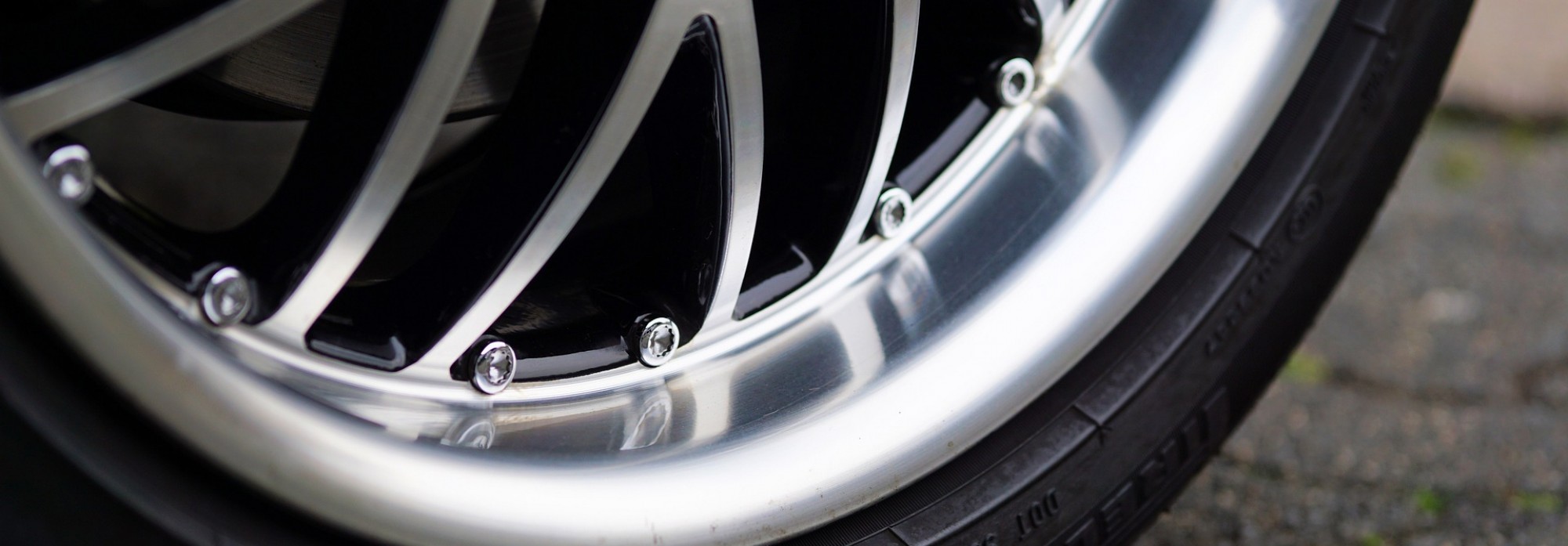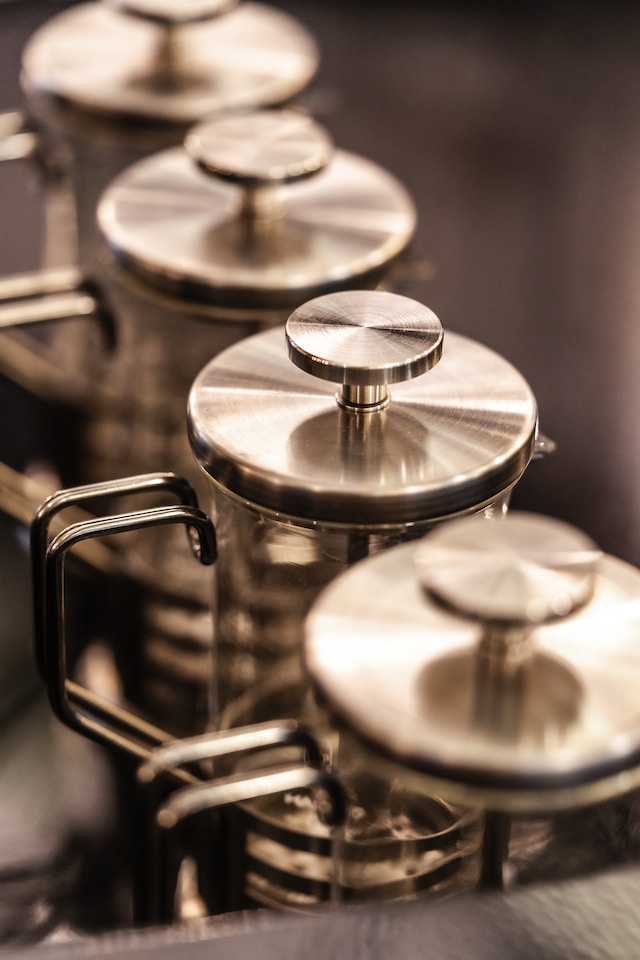
How to anodize aluminum?
Anodized aluminum is a popular material for many applications, from electronics to the insulation for aerospace industry. But what is it, and how to anodize aluminum? In this article, Synertek - one of the most trusted metal fabricators in Quebec, will explain the anodizing process, and the benefits of anodized aluminum.
What is anodized aluminum?
There are many people who still get mistakes between stainless steel and anodized aluminum, due to the fact that their structures are different.
Anodized aluminum is aluminum that has undergone an electrochemical process that creates a protective layer of aluminum oxide on the surface. We usually call it with the term “anodizing”. The process of anodizing involves immersing a piece of aluminum in a chemical bath and applying an electrical current to it. As a result, the electrochemical reaction with the oxygen in the acid will form a thin layer of aluminum oxide on its surface. The anodized layer is thin, transparent, and durable, and it enhances the appearance and performance of the metal. So, it is called the anodic coating or the anodized finish.
The anodized metal has a modern appearance that can suit a range of applications and industries. Some examples of anodized aluminum products are:
- Aerospace Industries
- Car/ motor vehicle wheels
- Window frames
- Food Preparation Equipment
- Consumer products
The benefits
Anodized aluminum has many advantages over raw aluminum or other types of finishes. Some benefits are:
- Resistance to corrosion, scratches, dents, impacts, abrasion, and fading
- Uniform and smooth surface finish that can be dyed in various colors
- Non-toxic and easy to clean
- Electrical insulation and thermal conductivity
- Lightweight and strong
- Better adhesion of paints, glues, and other coatings
- Reduce maintenance costs of the aluminum, as it does not require painting or polishing
The anodizing process
The aluminum anodizing process is a complex and precise procedure that requires specialized equipment and expertise.

What is the anodizing process?
Anodizing is a process that converts the surface of metal parts into a hard and porous surface of aluminum oxide. The process involves immersing the aluminum in an acid bath and applying an electrical current. It causes the aluminum to react with the oxygen in the acid and form a thin film of oxide on the metal surface. The film grows thicker as the current continues to flow.
Currently, there are three common types of anodizing in the market, including:
- Type I – Chromic Acid Anodizing
- Type II – Sulfuric Acid/Electrolyte Solution Anodizing
- Type III – Hard Anodizing
It is very important to consider the type of anodizing process for different applications of aluminum parts. Each type will produce a distinct set of finished products.
Steps to anodize aluminum
The anodization process consists of the following steps:
- Cleaning: The non-anodized aluminum is cleaned with a degreaser and a mild soap alkaline solution to remove any dirt, grease, or oxide
- Etching: This piece is etched with a caustic solution to create a rough and matte finish that improves the adhesion of the natural oxide layer
- Anodizing: The aluminum piece will be immersed in an acid bath and connected to the positive terminal of a direct current power source. The bath acts as the electrolytic solution, and the negative terminal is connected to another metal (usually lead or aluminum). The current causes the formation of the oxide layer on the aluminum surface. The thickness and porosity of the layer depend on the voltage, current density, temperature, and time of the process. The typical film thickness ranges from 5 to 25 microns
- Coloring: The aluminum oxide layer can be colored by various methods, such as dyeing, electrocoloring, or interference coloring. Dyeing involves soaking the anodized aluminum in a solution of organic or inorganic dyes that penetrate into the porous structure of the oxide layer. While electrocoloring involves applying an alternating current to the anodized pieces in a metal salt solution that deposits metal ions into the pores. Interference coloring involves creating a thin transparent film of metal on top of the oxide layer. The color finish reflects different colors, depending on the angle of light
- Sealing: The final anodizing step is sealing the porous structure of the oxide layer with hot water or a chemical solution that hydrates and hardens the oxide. This prevents future oxidation and improves the corrosion resistance and durability of the anodic layer
Synertek: Ready to assist you in your project
Anodizing aluminum is one of our specialties, with its excellent corrosion resistance. Our anodizing solution can be customized with different colors, finishes, thicknesses, and specifications according to your requirements and preferences. For any architectural, industrial, automotive, or decorative products, we commit to delivering qualified performance anodic finish with speed and durability.
Our services
Having experience in the industry for almost 20 years, the certain trust of many clients is the biggest recognition of Synertek's sheet metal manufacturing expertise. Here is what we do best:
Sheet metal fabrication: We can cut, bend, weld, punch, drill, mill, and assemble different types of metal
Finish service: your industrial products will be shined brightly with our exceptional polishing, powder coating, anodizing, plating and marking skills. We use an electrostatic spray system to decorate and maintain the durable finish
Anodized aluminum is a versatile and attractive material that can enhance your business. Despite the size and complexity of the project, from prototype to mass production, our capabilities guarantee to produce and deliver your products on time. Furthermore, the fabrication process always follows strict quality standards.
Enthusiasm, care, and quality are our 3 key commitments in every aspect of work. Whereas, we also offer competitive prices and fast turnaround times. Whether you are in need of sheet metal fabrication or anodizing services, Synertek is proudly your trusted partner. For a free quote or consultation or your upcoming project, contact us today.